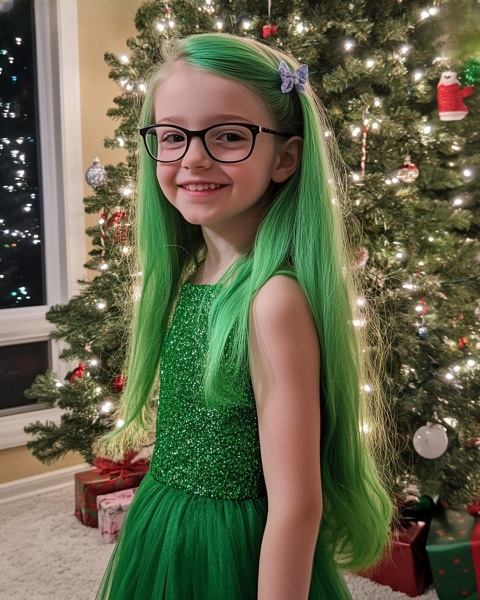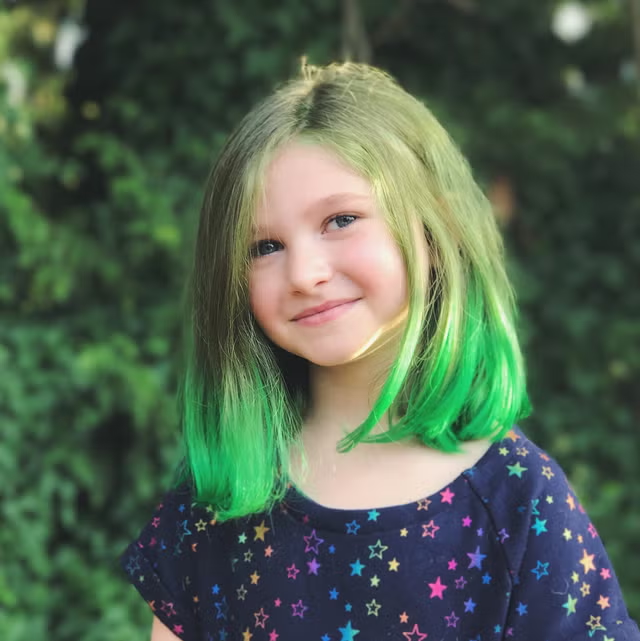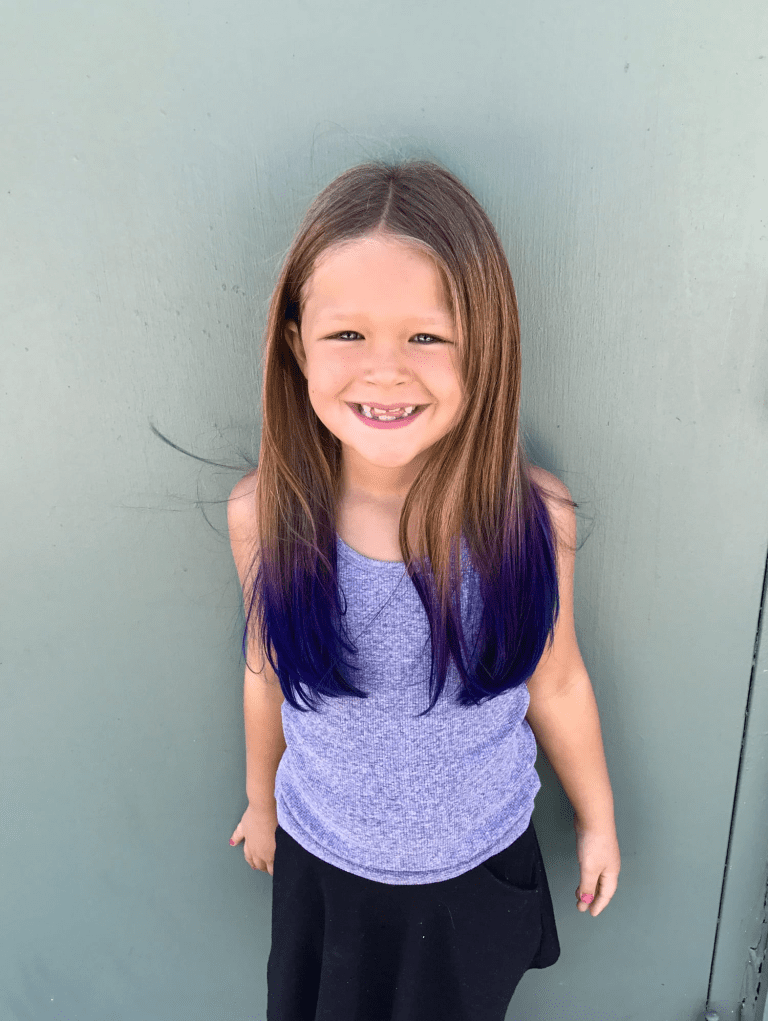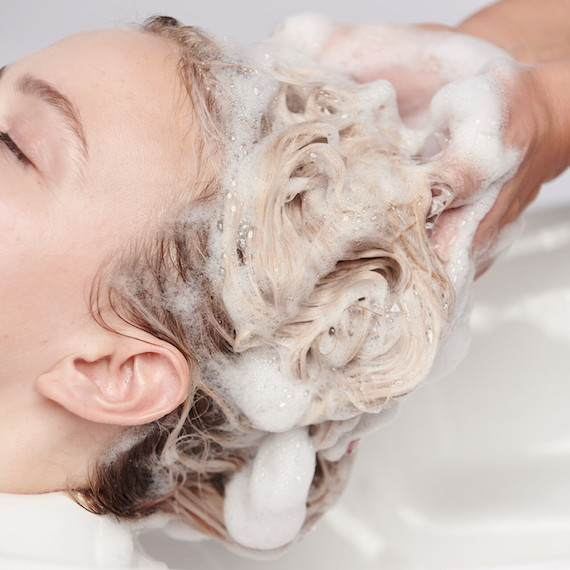When my daughter dyed my 6-year-old granddaughter’s hair for a school play, I was shocked. Can you imagine a child that young with dyed hair? While my daughter argued it was temporary and harmless, I couldn’t shake the feeling that six years old is far too young for something like this. My concerns weren’t just about appearance—I worried about the potential health risks. After consulting a doctor, I learned I wasn’t overreacting. Experts have strong opinions on why it’s not safe to dye a child’s hair at such a young age. Let’s dive into the key reasons and explore safer alternatives.
The Fragility of Children’s Hair

Did you know that children’s hair is much more delicate than adult hair? It’s thinner, finer, and still developing. This makes it highly vulnerable to damage from the harsh chemicals found in most hair dyes. Ingredients like ammonia, hydrogen peroxide, and paraphenylenediamine can weaken hair follicles and permanently alter its texture.
European regulations explicitly warn against using hair dye on anyone under 16, and for good reason. Dermatologists echo this sentiment, advising parents to steer clear of chemical treatments for young kids. The bottom line? Children’s hair isn’t ready to handle the chemical stress of hair dye.
Sensitive Skin and Allergic Reactions
Children’s scalps are incredibly sensitive, and applying hair dye can lead to allergic reactions ranging from mild irritation to severe symptoms like swelling or hair loss. In rare cases, the chemicals can penetrate the scalp and enter the bloodstream, posing even greater risks.
Imagine your child experiencing redness, itching, or, worse, an anaphylactic reaction—a life-threatening condition that can cause difficulty breathing and systemic shock. While these extreme reactions are uncommon, they’re not worth the risk, especially for something as trivial as temporary hair color.
Why Chemical-Free Isn’t Always Care-Free
Even products labeled “natural” or “gentle” can be problematic. Some contain ingredients that are still not suitable for a child’s sensitive skin and hair. Always remember: “natural” doesn’t mean risk-free.
Safer Alternatives for Expressing Creativity
If your little one is begging to experiment with hair color, you’re not out of options. There are several safe, non-permanent solutions that allow for creative expression without exposing your child to harmful chemicals.
- Hair Chalks and Crayons: These fun, washable products come in a variety of colors and don’t damage hair. They’re perfect for temporary looks and rinse out easily with water.
- Temporary Spray-On Colors: Designed for short-term use, these sprays are generally ammonia-free and safe for kids. However, always check the label for allergens.
- Clip-In Hair Extensions: These colorful hairpieces provide a pop of color without touching the scalp or hair roots. Plus, they’re reusable!
Before trying any new product, always perform a patch test to rule out allergies. Apply a small amount to a discrete area of skin and wait 48 hours to see if any reactions occur.
When Is the Right Time for Hair Dye?

Experts recommend waiting until children are at least 12 years old before considering chemical hair dyes. By this age, their hair has typically developed the strength and resilience needed to handle such treatments. Pediatrician Dr. Danelle Fisher explains that young children’s hair is still transitioning from its “baby” stage, making it far more vulnerable to damage.
Additionally, older kids can better understand the risks and responsibilities involved, such as proper maintenance and avoiding contact with the scalp.
Expert Tips for Dyeing Older Children’s Hair

If you decide to let your older child dye their hair, here are some guidelines to minimize risks:
- Use Semi-Permanent or Demi-Permanent Dyes: These options are less damaging than permanent dyes and typically wash out after several weeks.
- Opt for Ammonia-Free Products: Look for brands that specifically market gentle formulas suitable for young users.
- Color the Tips Only: Avoid applying dye near the scalp to reduce the risk of skin absorption and irritation.
- Avoid Bleach: Lightening agents like bleach can cause significant damage, even for older kids. Stick to subtle changes in color.
- Consult a Professional: A stylist experienced in working with children can provide personalized advice and ensure the process is safe.
Why Childhood Should Remain Simple

There’s something magical about childhood—it’s a time of innocence and self-discovery. Adding adult-like treatments like hair dye can take away from that simplicity. Encouraging kids to embrace their natural beauty helps them build confidence and focus on more meaningful forms of self-expression.
It’s easy to get swept up in trends, but it’s our responsibility as adults to prioritize health and well-being over temporary aesthetics. After all, there are plenty of ways for kids to explore their creativity without compromising their safety.
Conclusion: Keep It Fun, Keep It Safe
Dyeing a child’s hair might seem like harmless fun, but the risks far outweigh the rewards. From chemical damage to potential allergic reactions, it’s clear that waiting until they’re older is the safest choice. In the meantime, explore non-permanent alternatives like hair chalks or clip-ins for a playful, risk-free way to experiment with color.
As for my granddaughter, my concerns led to an honest conversation with my daughter. We agreed to wait until she’s older and stick with temporary options for now. Letting kids be kids and protecting their health is always the best decision.
